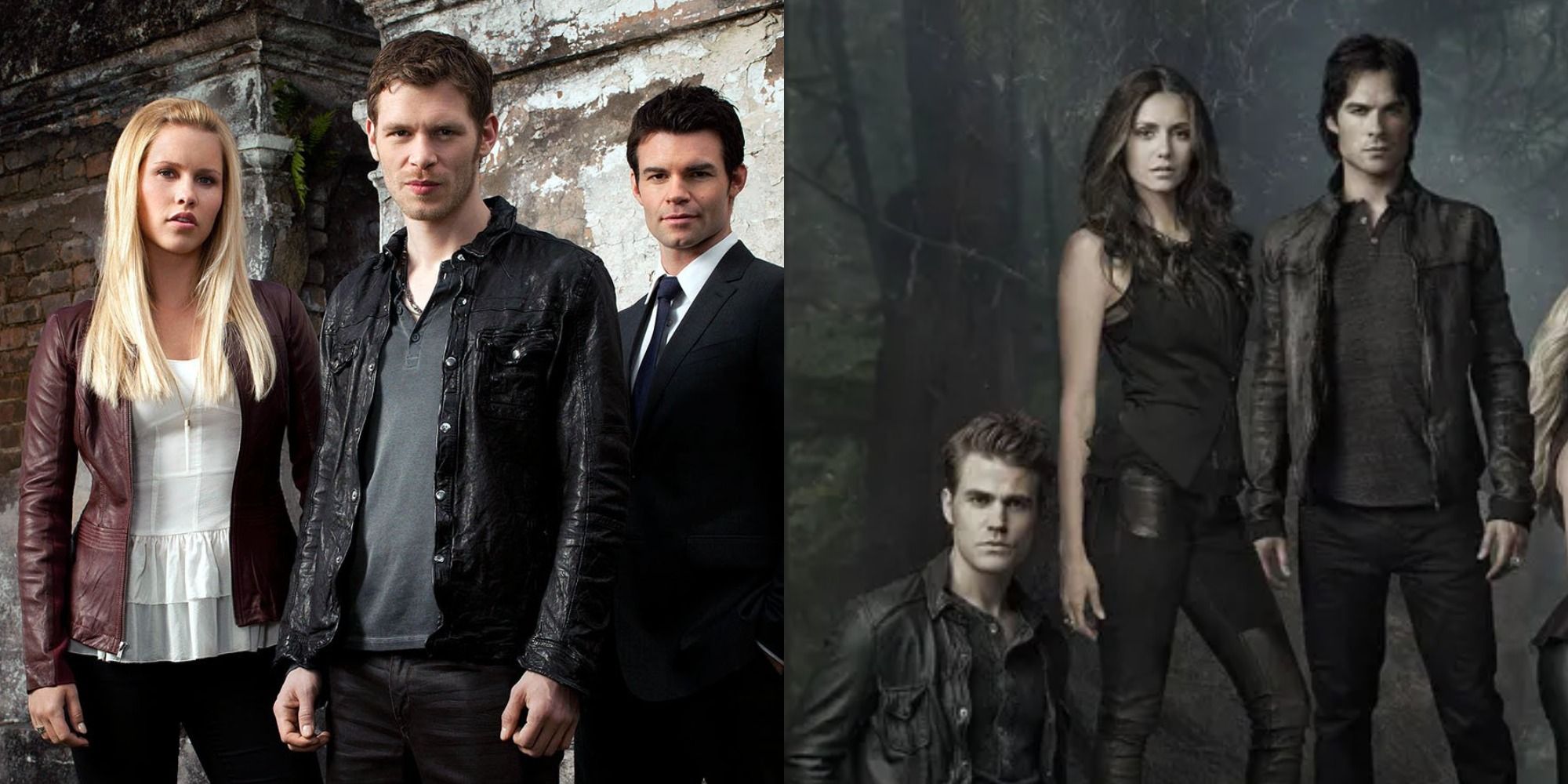Unveiling the Allure of the Supernatural: A Mystic Universe Unraveled
In the realm of mythology and folklore, two creatures have long fascinated humans with their enigmatic and often terrifying presence: vampires and werewolves. These beings have captivated our imagination for centuries, inspiring countless stories, legends, and adaptations in literature, film, and popular culture. From Bram Stoker's iconic Dracula to the modern-day depictions in Twilight and True Blood, the mystique surrounding these supernatural entities continues to captivate audiences worldwide. This article will delve into the intertwined threads of vampires and werewolves, exploring their historical roots, symbolic meanings, and the cultural significance they hold in our collective imagination.
Origins and Evolution of Vampires and Werewolves
A Brief History of Vampire Lore
Vampire legends have been documented across various cultures, with the earliest known accounts dating back to ancient Mesopotamia and Greece. The concept of the undead, shape-shifting beings has evolved over time, influenced by Christianity, folklore, and literature. The modern notion of vampires as blood-sucking creatures with supernatural powers emerged in the 18th century with John Polidori's The Vampyre and Bram Stoker's Dracula. These works solidified the archetype of the vampire as a seductive, bloodthirsty being, cementing their place in the popular imagination.
The Ancient Origins of Werewolf Lore
Werewolf legends also have a rich and diverse history, with various cultures contributing to the evolution of this myth. The ancient Greeks and Romans believed in the existence of humans who could transform into wolves, while the Norse and Slavic traditions spoke of shape-shifters known as the ulfheðnar and vrykolakas. The modern concept of werewolves as humans cursed to transform into wolves during full moons emerged in medieval Europe, often associated with witchcraft and the devil.
Symbolism and Cultural Significance
Vampires as Metaphors for the Human Condition
Vampires have become a powerful symbol in modern culture, representing a range of human desires and fears. They embody the allure of the unknown, the thrill of the forbidden, and the terror of losing control. In literature and film, vampires are often portrayed as outcasts, struggling to find their place in the world, and this resonance with human experience has contributed to their enduring popularity.
Werewolves as Archetypes of the Human Psyche
Werewolves, on the other hand, represent a more primal aspect of human nature, symbolizing the struggle between reason and instinct, civilization and savagery. Their association with the full moon and the lunar cycle adds an additional layer of symbolism, highlighting the complex relationship between humans and the natural world.
Modern Representations and Interpretations
The Rise of Vampires in Pop Culture
In recent years, vampires have become a staple of popular culture, appearing in films, television shows, and literature. The Twilight series, True Blood, and The Vampire Diaries have all contributed to the modern phenomenon of vampire fiction, redefining the genre and appealing to a new generation of fans.
Werewolf Legends in Modern Media
Werewolves have also made a significant impact on modern media, with films like An American Werewolf in London and The Howling reimagining the classic horror trope. Television shows like Teen Wolf and Grimm have further popularized the werewolf legend, exploring themes of identity, community, and the struggle between human and animal instincts.
Comparative Analysis and Cultural Significance
The Intersection of Vampires and Werewolves
While vampires and werewolves share some similarities, their differences also reflect distinct cultural and symbolic meanings. Both creatures tap into our deep-seated fears and desires, but their associations with the night, the supernatural, and the unknown set them apart. The intersection of these two mythological archetypes has led to the creation of new and fascinating stories, as seen in the works of authors like Anne Rice and Stephen King.
The Power of Mythology in Contemporary Culture
The enduring popularity of vampires and werewolves in modern media is a testament to the power of mythology in shaping our cultural landscape. These creatures have transcended their origins in folklore and legend, becoming part of our collective imagination and influencing the way we think about ourselves and the world around us.
Conclusion
The mystic universe of vampires and werewolves continues to captivate our imagination, offering a window into the human condition and our deep-seated fears and desires. Through their symbolic meanings and cultural significance, these creatures reflect our complex relationship with the natural world, our desires for power and control, and our struggle to find our place in the world. As we continue to explore and reinterpret these mythological archetypes, we are reminded of the enduring power of mythology in shaping our culture and our understanding of ourselves.
Further Reading and Resources
- The Complete Works of Bram Stoker: A comprehensive collection of Stoker's writings, including Dracula and other notable works.
- The Encyclopedia of Myth and Legend: A detailed guide to the mythology and folklore of various cultures, including vampires and werewolves.
- The Vampire and the Werewolf: A scholarly analysis of the symbolic meanings and cultural significance of these creatures in modern media.
Key Terms and Concepts
- Ulfheðnar: A type of shapeshifter in Norse mythology, known for their ability to transform into wolves.
- Vrykolakas: A type of undead creature in Slavic mythology, often associated with vampirism.
- Lycanthropy: The practice of transforming into a wolf or wolf-like creature, often associated with werewolves.
- Supernatural: Relating to or involving things
Matthew Gray Gubler Partner
How Old Iarleyhimkus
Yelena Bivol
Article Recommendations
- Whenid Piddyie
- Billytranger Things
- Rebecca Pritchard 2024
- Sophie Rain Fansd
- Ari Kytsya
- Maal
- Camilla Araujod
- Sophie Raiin
- Nia Renee Hill
- Jadenmith Piddy



